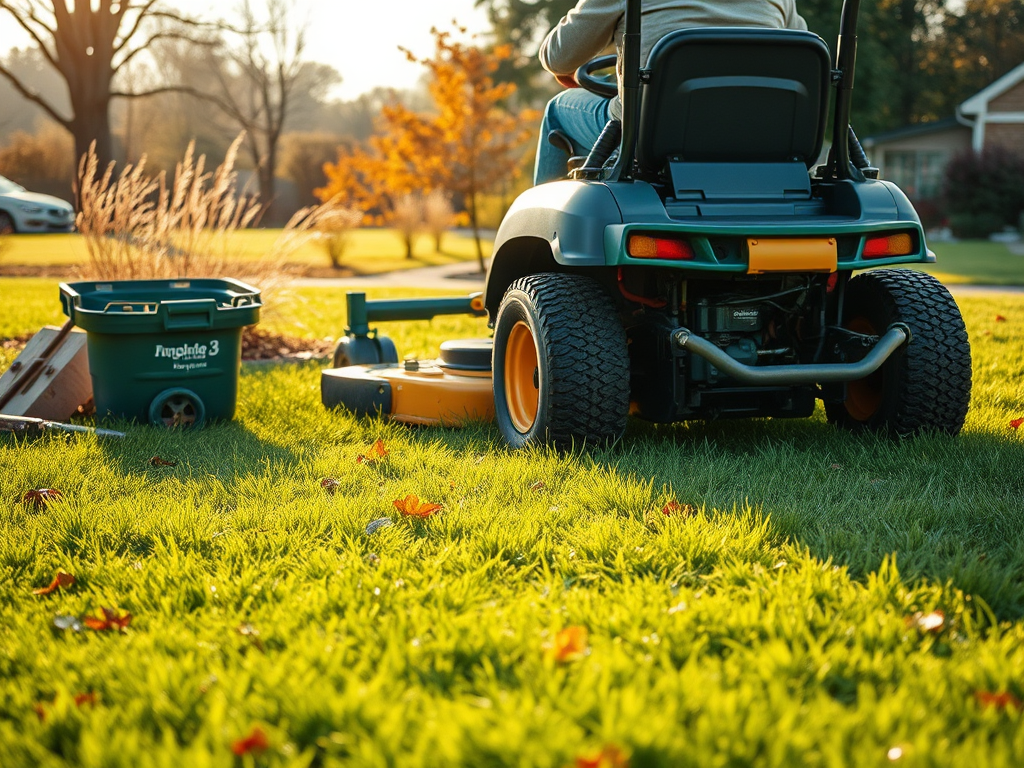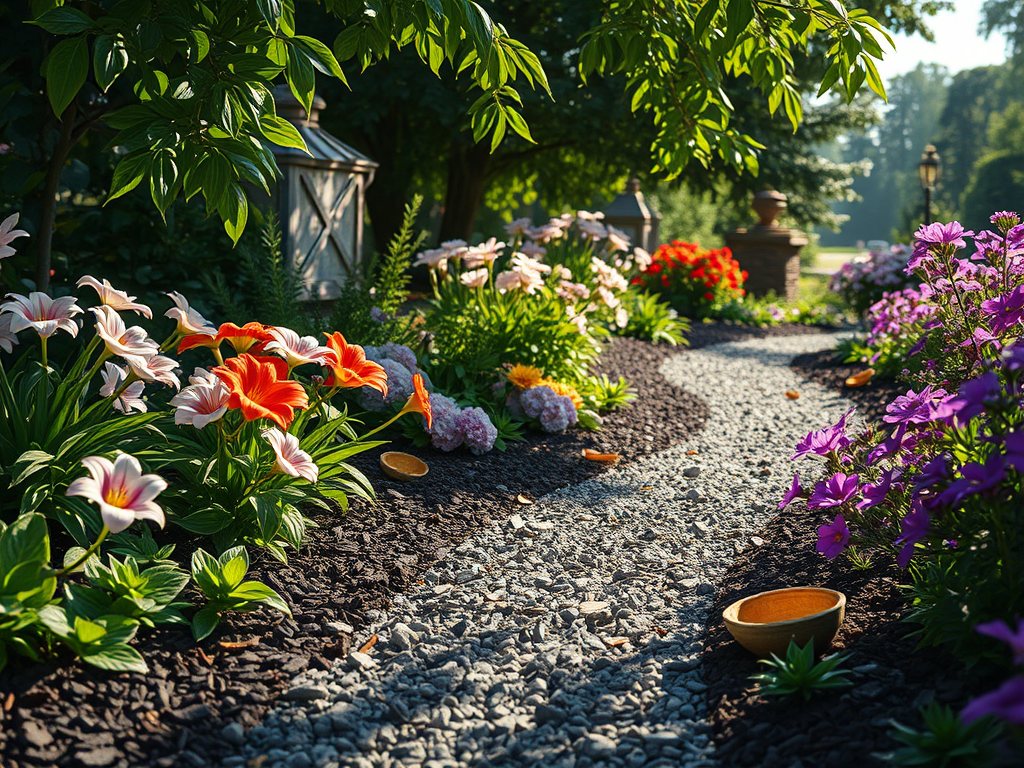As the memories of frost, snow, and ice slowly fade, and the vibrant colors of spring emerge, it’s time to think through your irrigation system startup. Just like tending to a garden, starting up your irrigation system in the spring is an essential part of the maintenance of the system, and requires careful attention and a systematic approach. In this blog post, we’ll walk you through the essential steps, why they’re crucial, and how they benefit both your landscape and your peace of mind.
Step 1: Inspection and Assessment
Before you even think about turning on the water, make a thorough inspection of your irrigation system. Check for any visible damage from the winter months, such as broken pipes, missing nozzles, leaks, visibly-cracked pipes, or damaged sprinkler heads. Pay special attention to areas where the system might have been vulnerable to freezing temperatures, such as where it stubs out of the wall of your house, or anywhere that the PVC pipe has been exposed. Identifying and addressing these issues early prevents water waste and ensures efficient operation throughout the season.
Step 2: Clearing Debris
Spring often brings with it a plethora of debris, from fallen leaves to twigs and branches scattered across your lawn. Clearing these obstructions from your sprinkler heads and irrigation lines is essential to prevent blockages and ensure even water distribution. Neglecting this step can result in uneven watering, leading to patchy areas in your lawn or garden. Another key thing to check is whether the spray of any of the heads is obstructed by branches or leaves from any of your trees, shrubs, or perennials. Anything in the way of even watering should be pruned back, or moved out of the way, so that the water has a clear path to where it needs to be.
Step 3: Adjusting Sprinkler Heads
As your landscape begins to come alive again, it’s crucial to adjust your sprinkler heads to accommodate the growth of plants and foliage. Ensure that each sprinkler head is properly aligned to cover its designated area efficiently. Proper adjustment maximizes water usage and minimizes runoff, contributing to a healthier and more sustainable landscape. Adjust heads to avoid watering pathways, driveways, sidewalks, patios, decks, or other hard surfaces which don’t need water.
Step 4: Checking Controller Settings
The brain of your irrigation system, the controller, needs a little spring cleaning too. Review and update your watering schedule to reflect the changing weather conditions and the specific needs of your landscape. Adjust for any watering restrictions, and consider pre-emptively setting your controller accordingly. The new year is also a good time to think about incorporating smart irrigation technology that adjusts watering times based on real-time weather data, optimizing water efficiency and saving you money in the long run.
Step 5: System Activation
With everything inspected, cleared, and adjusted, it’s finally time to activate your irrigation system. However, you should exercise caution and pay attention to weather conditions before doing so. Ideally, wait until the threat of freezing temperatures has passed entirely. Starting up your system too early risks damage from unexpected cold snaps, undoing all your hard work and potentially costing you large amounts in repairs.
Why Spring Startup Matters
Spring startup of your irrigation system is not just a routine chore; it’s a vital aspect of maintaining a healthy and thriving landscape. By following these steps diligently, you’re not only ensuring the longevity and efficiency of your irrigation system but also reaping numerous benefits:
- Conservation of Water: A properly maintained irrigation system uses water more efficiently, minimizing waste and reducing your environmental footprint.
- Healthy Landscape: Adequate and consistent watering promotes robust plant growth, vibrant colors, and lush greenery, enhancing the beauty of your outdoor space.
- Time and Cost Savings: Investing time in spring startup can prevent costly repairs down the line and save you money on water bills by optimizing irrigation efficiency.
- Peace of Mind: Knowing that your irrigation system is in optimal condition gives you peace of mind, allowing you to focus on enjoying your yard without worry.
The Importance of Timing
While eagerness to kickstart your irrigation system in the spring is understandable, patience is key. Rushing to activate your system before the weather conditions are favorable can lead to costly consequences. Wait until temperatures stabilize above freezing and the risk of frost has passed entirely. This ensures that your irrigation system gets off to a smooth start, setting the stage for a successful growing season ahead.
The spring startup of your irrigation system sets the stage for a successful season. By following the steps outlined above, and paying attention to timing and weather conditions, you’ll ensure that your irrigation system operates efficiently, conserves water, and contributes to the health and beauty of your outdoor environment. A properly-cared-for irrigation system is key to bringing back beautiful, every time. Please reach out to us if you’re ever looking for more information about anything you read here or elsewhere on our website. Our aim is to educate, train, and help everyone to understand their landscape a little better each day.




